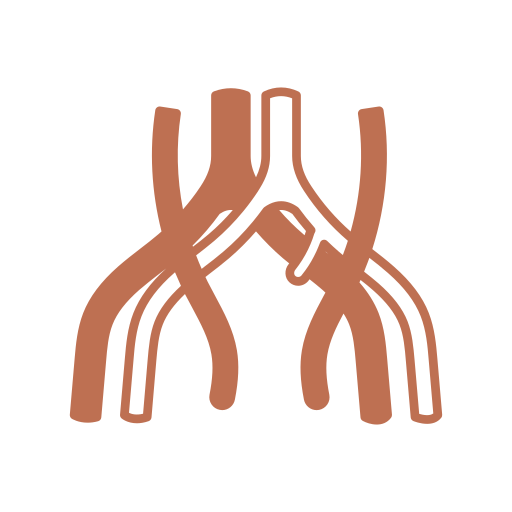Introduction to Neurointerventions
Neurovascular interventions are advanced precise vascular interventions to cures vascular disease of brain and spine, it includes diagnostic cerebral angiography, mechanical thrombectomy, carotid or vertebral stenting, vascular malformation ( cerebral AVM, Dural AVF , CCF) Embolisation, aneurysm coiling or flow divertor placement and Venous stenting. There are done through groin or hand artery via endovascular route, no scar or blood less surgery.








